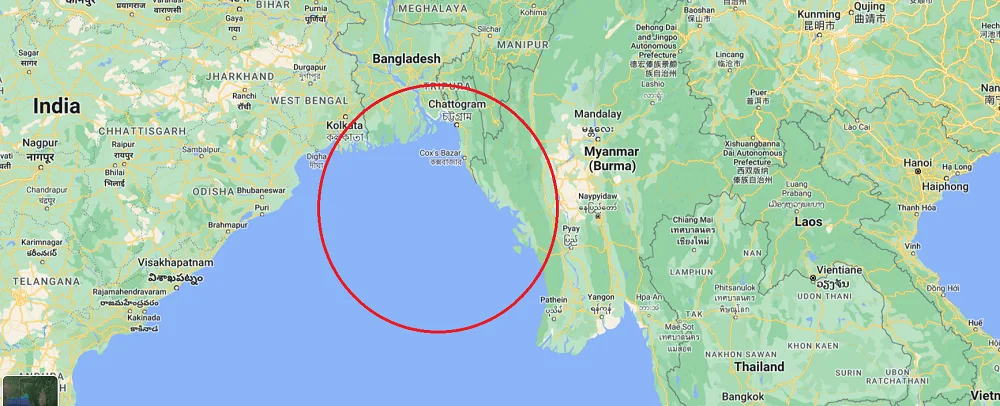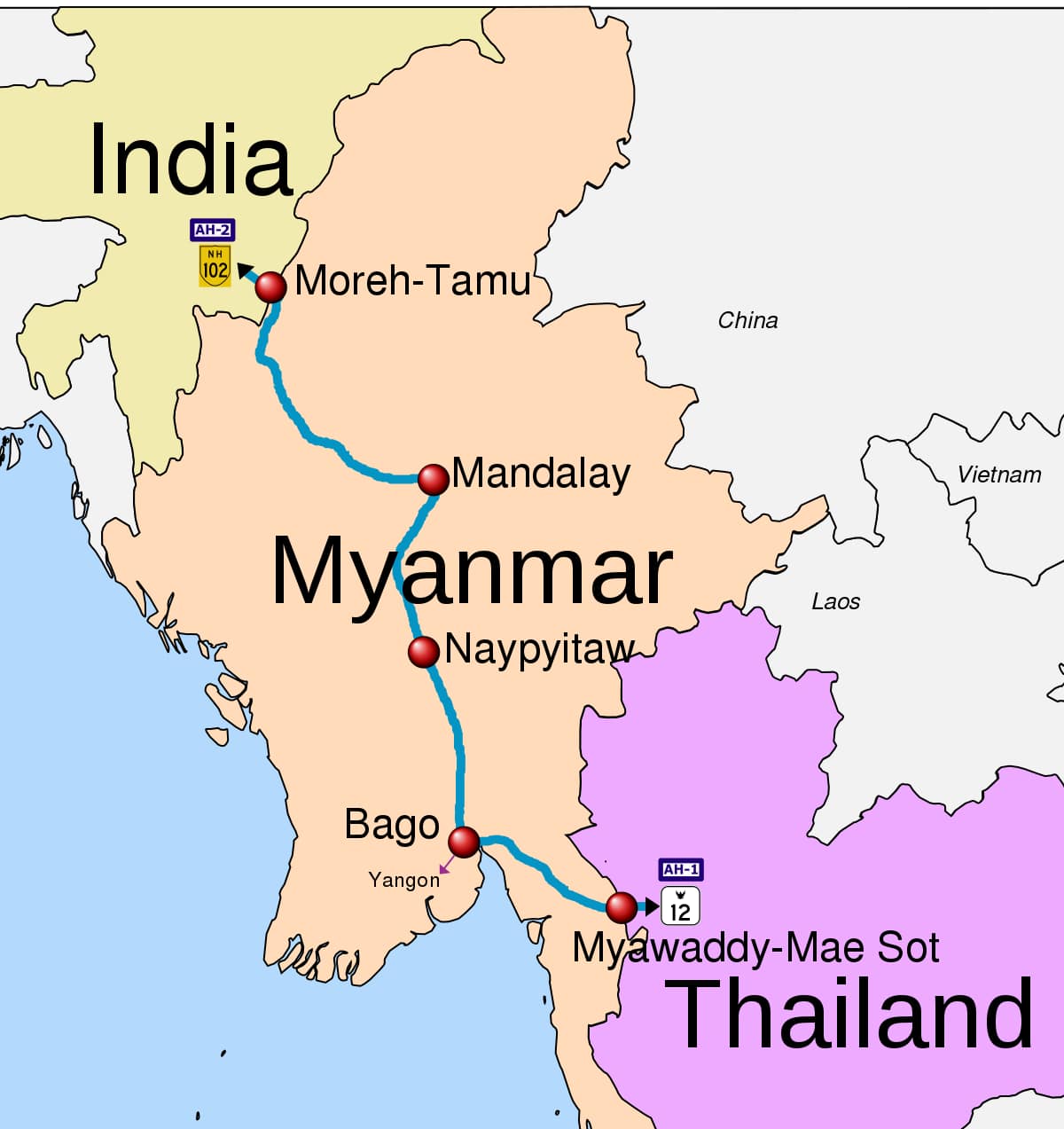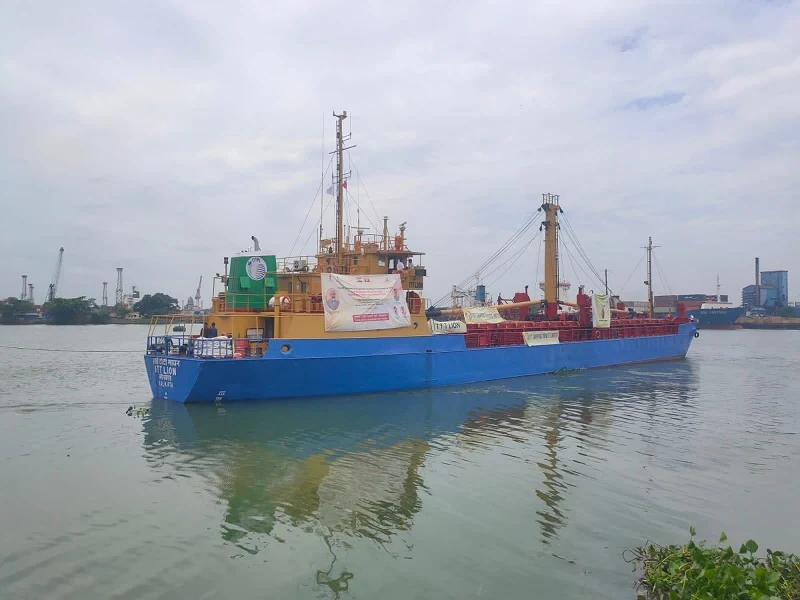In a massive boost to India’s ‘Act East Policy’ and a significant milestone in regional connectivity, India on Thursday flagged off an inaugural shipment from Syama Prasad Mookerjee Port in Kolkata to operationalise the Sittwe Port in Rakhine State of Myanmar.
Minister of State for Ports, Shipping and Waterways, Shantanu Thakur flagged off MV-ITT LION (V-273) carrying 20,000 bags containing 1,000 metric tonnes of cement that will reach Sittwe Port on May 9.
Sittwe Port has been built under grant assistance from the Indian government as part of the Kaladan Multimodal Transit Transport Project (KMTTP) which aims at creating a multi-modal sea, river, and road transport corridor for the shipment of cargo from the eastern ports and Northeast India to Myanmar.

The multimodal transit transport facility on Kaladan River connects the Sittwe port to Paletwa in Myanmar – the only Association of South East Asian Nations (ASEAN) country adjoining India – through an inland waterway and from Paletwa to Zorinpui in Mizoram through a road component.
The Inland Waterways Authority of India (IWAI) acted as the project Development Consultant for the implementation of Port and Inland Water Terminals (IWT) components of the work at Sittwe and Paletwa.
Shri @Shantanu_bjp will flag-off 1st shipment from Kolkata port to Sittwe Port. This port has been developed under Kaladan Multimodal Project under grant assistance from GoI. This will enhance connectivity between eastern & NE states of India & boost trade between India & Myanmar pic.twitter.com/uxwEa5Lem9
— Ministry of Ports, Shipping and Waterways (@shipmin_india) May 4, 2023
Once fully operational, the KMTTP would not only encourage investment and trade but also open up alternate routes for connectivity to India’s landlocked Northeast region.
More importantly, the ambitious infrastructure project opens a gateway to Southeast Asian countries for India and will play a major role in countering the growing influence of China in the neighbourhood region.
Beijing has also been prodding Naypyidaw to move faster to implement the China-Myanmar Economic Corridor, deepening its access to the Bay of Bengal via Myanmar.
Myanmar, which shares a 1643 km long land border with Arunachal Pradesh, Nagaland, Manipur, and Mizoram, remains central to the trilateral Asian Highway project – an East-West corridor that also connects India’s Northeast with Thailand.

India has maintained for a long time now that developing the waterway connectivity is a further amplification of India’s ‘Act East’ Policy which focuses on New Delhi’s outreach towards its eastern maritime neighbours, especially the 10-nation ASEAN and island territories with a large Indian diaspora.
This includes promoting various initiatives like connecting the North East region with Bangladesh, improving access to North East from Myanmar to facilitate tourism and cross-border connectivity, promotion of Land Border Crossing Agreement and Integrated Check Post at Moreh and infrastructure projects like KMMTTP.
Commendable feat. https://t.co/Gli5WgE10H
— Narendra Modi (@narendramodi) April 14, 2023
At the same time, New Delhi has embarked on developing an ‘Eastern Grid’ inland waterway – a system of multi-modally interconnected waterways and coastal routes – to kick-start regional integration in the South Asian Region (SAR) and to facilitate regional trade between South and East Asia.




















